Home - Issues and Solutions - Outdoor Solutions - How to restore a partially damaged facade
Buildings' injuries are usually caused by external or internal factors. The most common external causes are: subsidence of foundations, concentration of loads, continuous vibrations. On the other hand, the most commond Internal causes are: material withdrawal or dilatation, chemical reactions. The injuries can be also caused by the variation of the quantity of moisture contained in the construction elements, or by the thermal variation.
All these factors can cause more or less serious injuries, to the structures or the individual elements of the building, favoring the infiltration of the humidity which accelerates the degradation process and the aging of the entire structure. The temperature variations, the erosion of water and the application of products with a bad mechanical performance on the facades, will favor the growth of more or less deep lacerations in the plaster, which become the proper place for mold to attack the surface and for water and aggressive substances to penetrate on it.
This situation, in the long run, leads to the disintegration of the materials and consequently to the reduction of the insulating power of the building's walls, with serious damages with regard to the masonry and therefore to the security of the entire structure.
The chemical composition of Paulin's products can count on some very elastic and waterproof elastomeric resins that effectively solve all these problems, restoring both the damaged parts with an impeccable covering effect, the stability of the support and its aesthetic value.
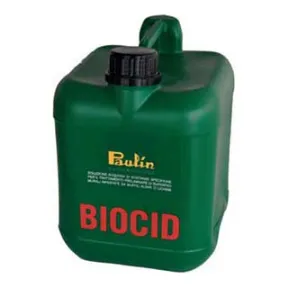
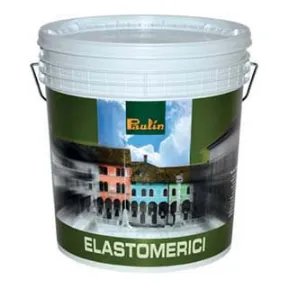
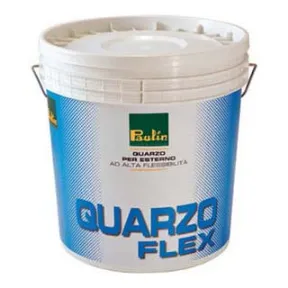
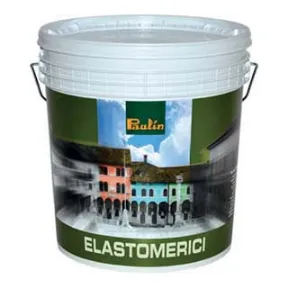
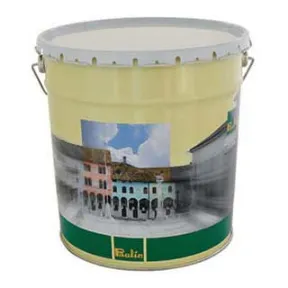
Smooth finish cycle
1. Eventual mold should be treated with the BIOCID algaecide and fungicide solution.
2. Completely remove any trace of old paint or loose coats.
3. You better wash all surfaces thoroughly with water in order to eliminate all the traces of dirt and dust.
4. Apply a coat of the strongly penetrating solvent-based primer ISOMUR (penetration 0.10 l / m2).
5. Apply the QUARZO FLEX flexible quartz micro coating for decoration and protection of external wall surfaces, to be applied in two coats with an approximate yield of 5 – 6 m2 / liter per coat.
6. As an alternative to the QUARTZ FLEX, apply FLEX COAT which has a high degree of flexibility and good breathability, based on elastomeric resins, inorganic pigments and selected sands with a maximum grain size of 0.2 mm. Suitable for the protection and decoration of cementitious plasters and bastard mortars or substrates treated with ELASTOMEDIO, and has to be applied in two or more coats with a brush or a roller, with a consumption of about 0.7 and 1 Kg / m2 after the preparation of the fund.
A) Smooth Finish Cycle
1. Eventual mold should be treated with the BIOCID algaecide and fungicide solution.
2. Completely remove any trace of old paint or loose coats.
3. Wash all surfaces thoroughly with a water pump-jet to eliminate all hte traces of dirt or dust.
4. Apply a coat of solvent-based primer with strong ISOMUR penetration 0.10 l / m2.
5. Appliy two or more coats of elastic, smooth micro-coating elastomeric resins-based ELASTOFINISH for facades, with a total minimum consumption of 400 g / m2.
B) Think Finish Cycle
1. Eventual mold should be treated with the BIOCID algaecide and fungicide solution.
2. Completely remove any trace of old paint or loose coats.
3. Wash all surfaces thoroughly with a water pump-jet to eliminate all the traces of dirt or dust.
4. Apply a coat of solvent-based primer with strong ISOMUR penetration 0.10 l / m2.
5. Apply a coat of the elastomeric base ELASTOMEDIO, with a minimum consumption of 300 g/m2. 6. Apply ELASTICOAT120, a fine continous elastomeric cladding specific in order to treat cracked plasters, mold and algae resistant, made with elastomeric resins, light-resistant pigments, sand and marble with a maximum grain of 1,2 mm, anti-mould and anti-algae biocidals for the protection and maintenance of the dry film. According to the EN 15457 (fungal growth resistance) and EN 15458 (algae growth resistant) standards, apply a coat with a consumption of about 2,5 Kg/m2.
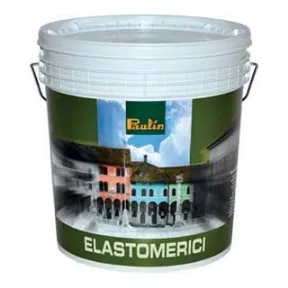
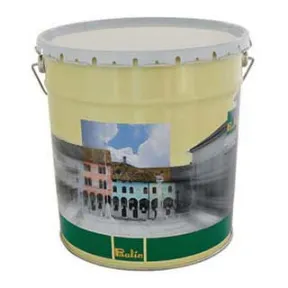
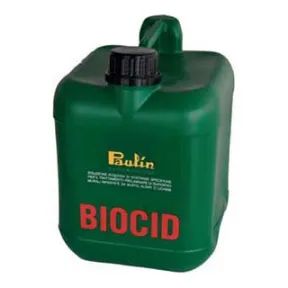
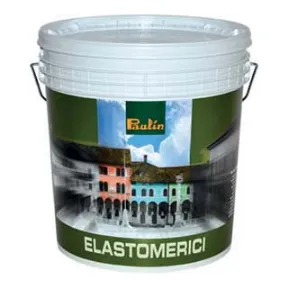
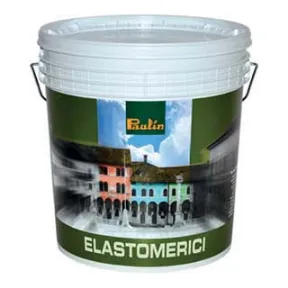
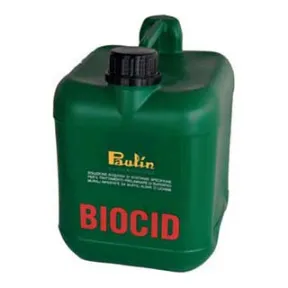
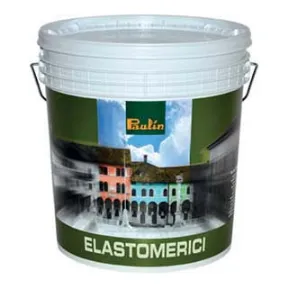
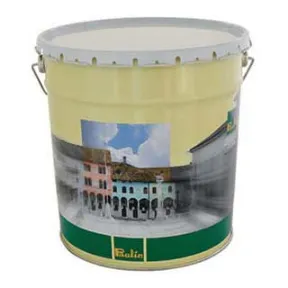
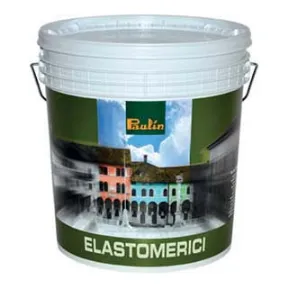
Smooth finish cycle
1. Eventual mold should be treated with the BIOCID algaecide and fungicide solution.
2. Completely remove any trace of old paint or loose coats.
3. Wash all surfaces thoroughly with a water pump-jet to eliminate all the traces of dirt or dust.
4. Apply a coat of solvent-based primer with strong ISOMUR penetration 0.10 l / m2.
5. Apply with a brush or a roller the elastomeric ELASTOMEDIO base, with a minimum consumption of 300 g / m2.
6. Finish with application of two or three coats of elastic, smooth micro-coating elastomeric resins-based ELASTOFINISH for facades, with a total minimum consumption of 400 g / m2.
With smooth finish
1. Eventual mold should be treated with the BIOCID algaecide and fungicide solution.
2. Completely remove any trace of old paint or loose coats.
3. Open of the most deep cracks with a mechanical tool.
4. Wash all surfaces thoroughly with a water pump-jet to eliminate all the traces of dirt and dust.
5. Apply a coat of solvent-based high-penetration ISOMUR 0.10 l / m2, treating especially the inside of the cracks, which has been previously opened.
6. Fill the cracks, previously opened, with the SIGILGUM EXTRA sealant spread in several coats.
7. Apply with a brush or a roller two coats of ELASTOMEDIO intermediate elastomeric primer, with a minimum consumption of 600 g / m2.
8. Apply two or more coats, with a brush or a roller, of smooth elastic micro-coating ELASTOFINISH for facades, based on elastomeric resins, with a total minimum consumption of 400 g / m2.
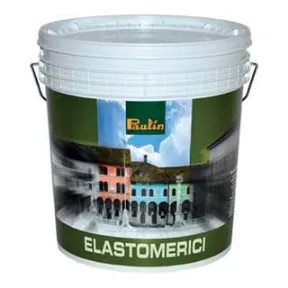
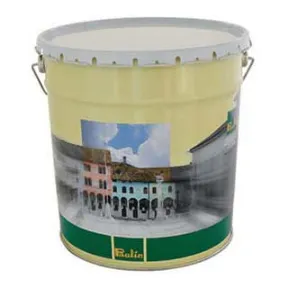
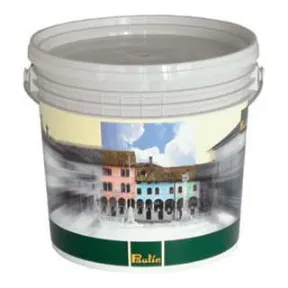
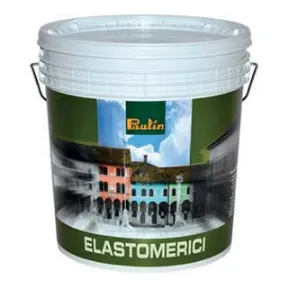
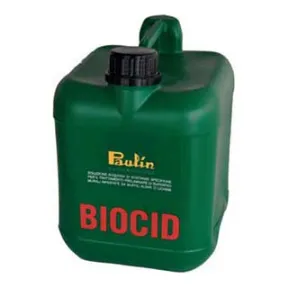
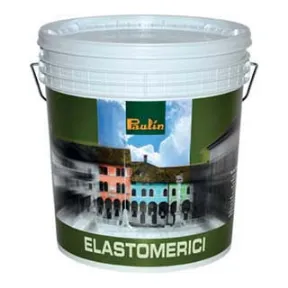
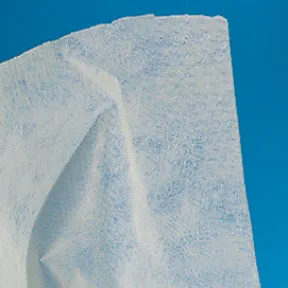
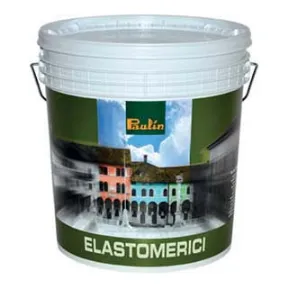
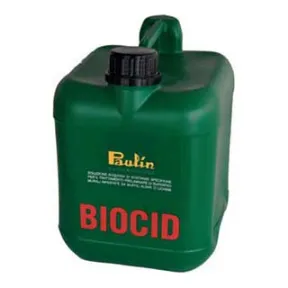
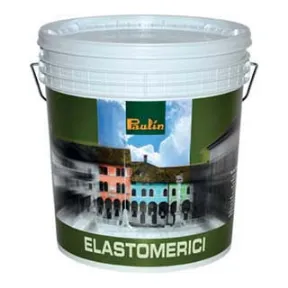
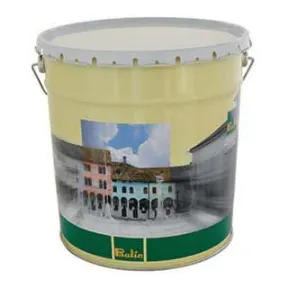
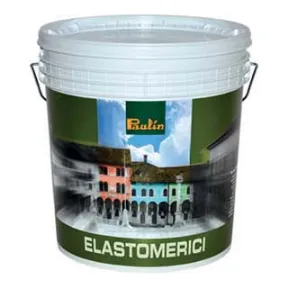
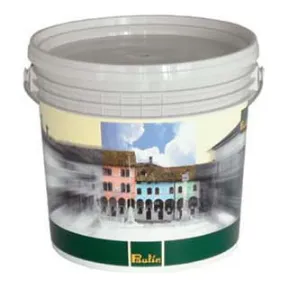
A) Smooth finish cycle
1. Eventual mold should be treated with the BIOCID algaecide and fungicide solution.
2. Completely remove any trace of old paint or loose coats.
3. Open of the most deep cracks with a mechanical tool.
4. Wash all surfaces thoroughly with a water pump-jet to eliminate all the traces of dirt and dust.
5. Apply a coat of high penetrating solvent-based ISOMUR 0.10 l / m2.
6. Fill the cracks, previously opened, with the SIGILGUM EXTRA sealant spread in several coats.
7. Apply the ELASTOMEDIO intermediate elastomeric primer on three coats using the special POLIFLEX non-woven gauze, with a minimum consumption of 1000 g / m2.
8. Apply two or three coats, with brush or roller, of smooth elastic micro-coating ELASTOFINISH for facades based on elastomeric resins, with a total minimum consumption of 400 g / m2.